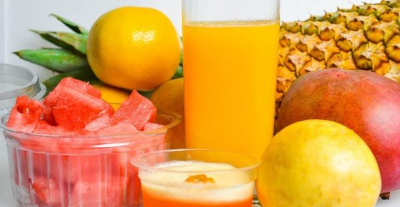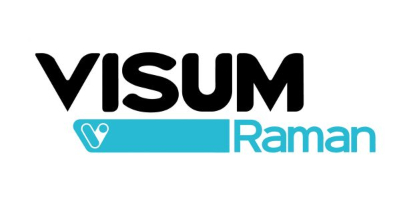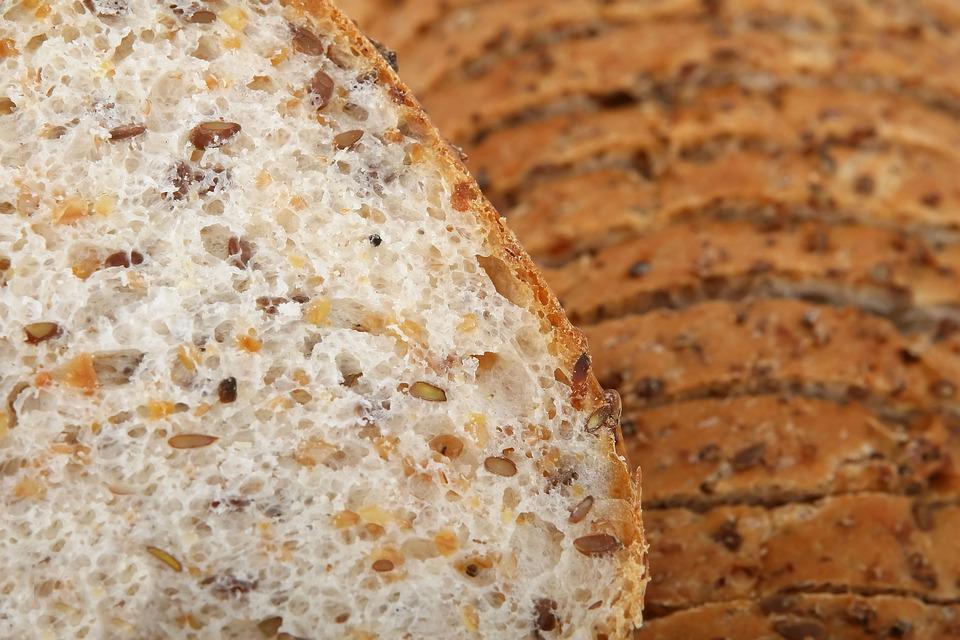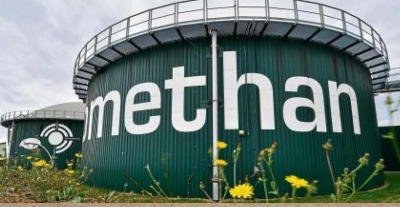
 Real-time Brix control with NIR technology: a competitive factor for production and commercialisation.
Real-time Brix control with NIR technology: a competitive factor for production and commercialisation.
 Pre-release: The new Visum Raman analyzer will go on pre-sale to a small number of pharmaceutical companies.
Pre-release: The new Visum Raman analyzer will go on pre-sale to a small number of pharmaceutical companies.

Real-time moisture control in breads, doughs and toast?

In the industrial bakery and pastry sector, the moisture of bread and pasta doughs is a parameter that requires exhaustive control, since changes in product moisture affect phenomena such as honeycombing, type of crust, or consistency, as well as alterations in conservation and the effect of time during the supply chain, from the factory to the end consumer. In this article we will talk about real-time moisture monitoring, the scope of infrared spectroscopy (NIR) at different points of the process and we will share an application case of automatic control in the manufacture of toast at the exit of the oven.
The current reference laboratory method for determining the % moisture content is the gravimetric method, which consists of drying a sample and measuring the weight loss (water difference). This method can take from several minutes to hours if stoves are used. It is therefore a resource-intensive method (personnel, equipment, materials and time) that directly affects efforts and the possibility of being able to optimize the nutritional parameter – moisture – of the product.
In the bread and bakery industry, moisture references are obtained at different stages of the manufacturing process in order to ensure compliance with standardized quality criteria, which can be synthetically grouped as follows:
Quality control of raw materials and ingredients. They can be used to verify that raw material arrivals are in compliance and to verify the quality of whole and milled grains, which affects the quality of the final product.
Quality control of bakery mixes and doughs. They can be used during production to measure flour yield, water absorption during the milling process, dough fermentation time and to determine the composition of the baking mix (% moisture, protein and ash).
Quality control of finished products. They can be used to control the quality of the finished product at the end of production or on the packaging line, ensuring compliance with legal compositional requirements, or provide data for nutritional labeling.
NIR (near infrared) technology is able to optimize all measurements in real time, either by monitoring with a portable analyzer, as in the case of the Visum Palm™, or by ensuring continuous control on the conveyor belt, cooler, or in the mixing tank with a Visum NIR In-Line™ analyzer, working in this case connected to the line’s management systems and PLC to control the manufacturing process or rectify in real time any malfunctions.
An application case, control of the baking process.
A mini-toast manufacturer needed a method to determine the humidity of the toast at the oven exit in real time, to mitigate the effects of the analysis time variable that made it impossible to rectify the baking temperature and therefore lost production batches that were not in accordance with the manufacturer’s specifications.
The problem of humidity in toast is that when humidity values are below 3.5%, the toast is fragile and tends to break during transport or handling, and when humidity is above 4.5%, the toast loses its crispiness. Continuous NIR technology makes it possible to optimize the parameter of interest.
For practical purposes, a predictive moisture model was made from samples and reference values from the customer’s laboratory, and since infrared spectroscopy is particularly sensitive to the presence of water, the same model could at the same time predict moisture in different varieties of the same customer’s product. The resulting model has a correlation coefficient close to 1 (0.99), indicating its accuracy. Connected to the PLC, the system identifies the product and instantly configures the analyzer to monitor the parameter of interest.
Finally, a Visum NIR In-Line™ continuous NIR analyzer was installed on the conveyor belt at the oven exit to determine the moisture value per area and, connected to the oven PLC, to rectify the burner temperature and provide real-time process/product information.
Instead of working with Vis-NIR, with the Visum HSI™ NIR (900-1700 nm) it would have been possible to analyze product unit by product unit, adding to the moisture analysis parameters such as color, homogeneity of components, spatial distribution of components, detection of foreign bodies (metals, plastics, cartons, etc.) or other critical process parameters. Needless to say that a single analyzer can perform countless predictions simultaneously, moisture, fats, proteins, sugars, etc. But this was not the case, we will tell you about it in another article.
I hope you have found this article on moisture monitoring with on-line NIR spectroscopy useful and we invite you to send us your comments and suggestions to our e-mail address news@iris-eng.com.
—
Joel Valdés Bravo
Technical Disclosure
IRIS Technology | Visum


